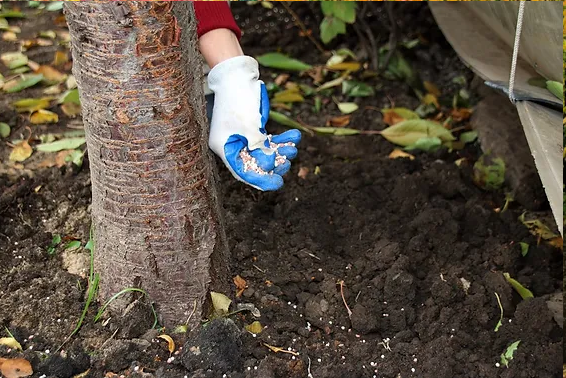
You likely already know tree fertilization can be beneficial. Fertilizing can boost the health of the trees on your property and, therefore, give them an increased ability to fight off disease, pest infestation and environmental stresses.
Understanding why experts recommend fertilizing is one thing, but figuring out how to get the job done right is quite another. And if you’re not sure what approach to take, you’re certainly not alone – here at Rivendell Tree Experts, we get a lot of questions from northern Utah homeowners. Below, we provide answers to the most common questions people have about tree fertilization.
When Should You Fertilize Your Trees?
The answer to this question depends upon species you have planted. For some, spring is the best time for tree fertilization. For others, summer, fall or multi-season application is ideal. An online search can help you identify the species, or you can get expert assistance from a local tree service company.
How Do You Know You Need to Fertilize?
Looking around the landscape, you may notice signs that it’s time for tree fertilization. Dead branches and branch tips are a clue, as are leaves with veins that are darker than their margins. Less twig growth and fewer undersized leaves than you normally see each year are other warning signs that your trees are lacking nutrients.
Where Do You Apply the Fertilizer?
For tree fertilization to be effective, the nutrients need to reach the roots. But, making that happen doesn’t require the removal of your mulch – organic fertilizers come in the form of granules or pellets, which you simply spread evenly under the drip zone, steering clear of the trunk area. After the application, water thoroughly and the nutrients will soak down into the soil.
Why Should You Hire a Tree Service Company?
Fertilizing can stimulate robust, vigorous growth – if, that is, the product used corrects deficiencies in the soil. The wrong fertilizer can have the opposite effect, as can applying too much, fertilizing too often and fertilizing during the incorrect season.
Every species has unique needs, and certified arborists know how to plan effective fertilization programs. And if necessary, they can apply soil amendments and use specialized equipment for deep root fertilization.
Our soils in Utah have a pH of around 8 which make the Iron much less available to trees than it is in most other parts of the country. We actually have plenty of iron here for the most part, it’s just not as available to many species or varieties like red maples, red oaks, many fruit/ornamental fruit trees. At Rivendell Tree, we use a Chelated Iron (EDDHA) that provides iron in an available form.
For these reasons, many homeowners prefer to leave the work to a tree service company – and those in northern Utah rely on the professional team at Rivendell Tree Experts.
A longtime local industry leader, we offer a range of affordably priced arborist services. For more information, or to schedule a consultation to discuss tree fertilization, contact our Lehi, Utah, office today.



